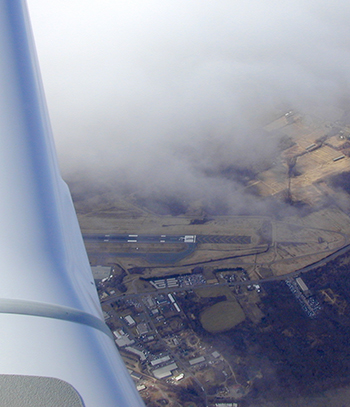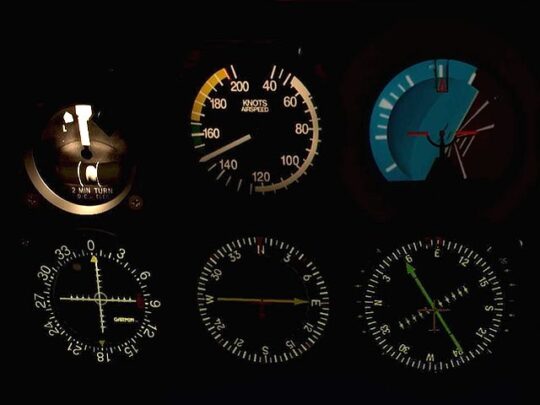Subscriber question:
"I learned about contact approaches when I studied for my instrument rating, but I've never used one. Are they ever useful? When should they be avoided?" — Stephen H.
John:
 “A contact approach is an IFR Approach to an airport that does not require flying a specific procedure. Several conditions must be met for a contact approach:
“A contact approach is an IFR Approach to an airport that does not require flying a specific procedure. Several conditions must be met for a contact approach:
- The pilot must request a contact approach.
- The controller cannot initiate a contact approach.
- The airport must have a published instrument approach.
- The pilot must remain clear of clouds, have at least one-mile flight visibility, and reasonably expect to continue to the destination airport in those conditions.
The pilot assumes responsibility for obstruction clearance while conducting a contact approach.
Given all that, a contact approach can be a useful tool in certain situations. How would this work in the real world?
Suppose you are being vectored for an instrument approach and sight the airport through breaks in the clouds. All of the conditions above are met. Instead of going all the way out and executing a full procedure, you can turn towards the airport; saving flying miles and time. Or there may be a local weather issue, such as a fog bank over one end of the airport that might make an instrument approach unsuccessful.
A contact approach is not without risks, however. Once you are cleared for a contact approach, all navigation and terrain clearance is on the pilot. If you lose sight of the airport or fly into a cloud, there is no missed approach and no terrain clearance provided.
If you do accept a contact approach be certain you can complete the approach or have a really good Plan B.”
Watch this video to see a contact approach in action.
Have you ever used a contact approach in the real world?

